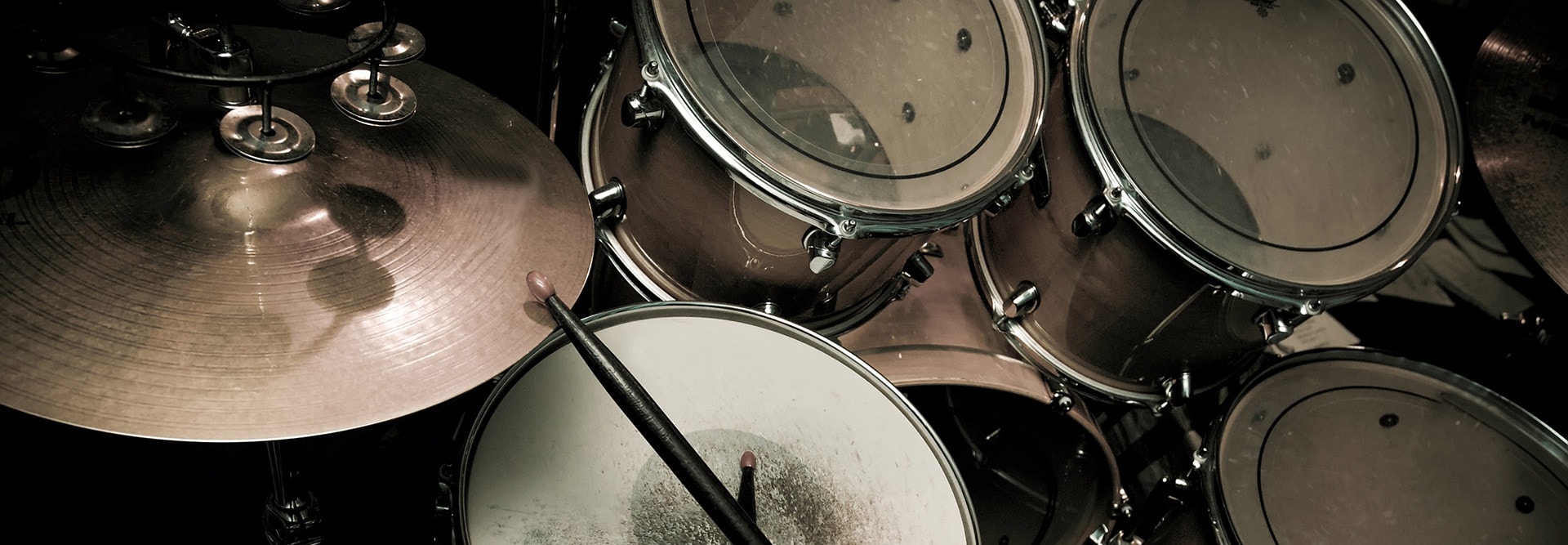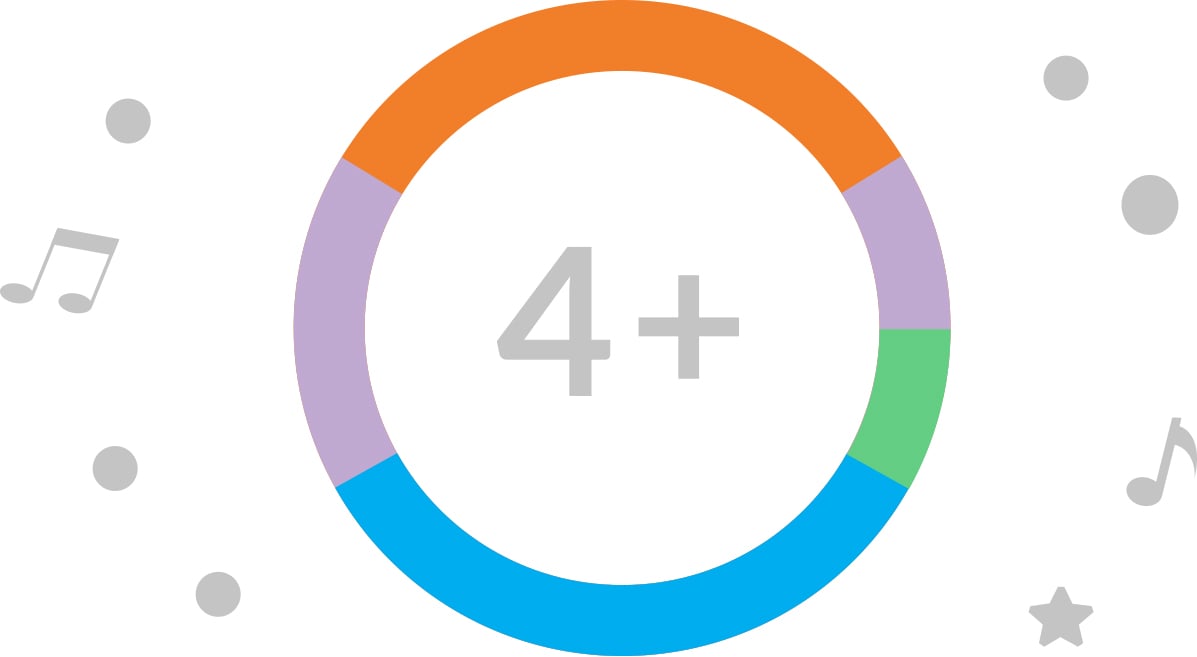
Learning how to play drum is a great experience for children and adults alike. There is tons to learn about the drum beyond how to beat simple rhythms, and lessons can help develop the skills needed to play any type of music. Beyond the basic drum set, there are also a myriad of percussion instruments that can be included in lessons, including a variety of hand drums, timpani, pitched mallet instruments such as the marimba or vibraphone, and small hand-held instruments like hand cymbals or maracas. With so much diversity it’s no wonder that drums form an essential part of many different kinds of music!
On the most basic level, drums are played by striking the head of the instrument either with sticks or with the hands. Depending on how tightly the skin of the drum is stretched over the body of the instrument, the drum will produce various sounds. On a standard drum set the drum heads are adjustable and will need to be tuned. The instrument can be struck in a variety of ways to produce simple and complex rhythms, and your instructor can help you get to whatever skill level you want when you learn to play drums with Musika.


